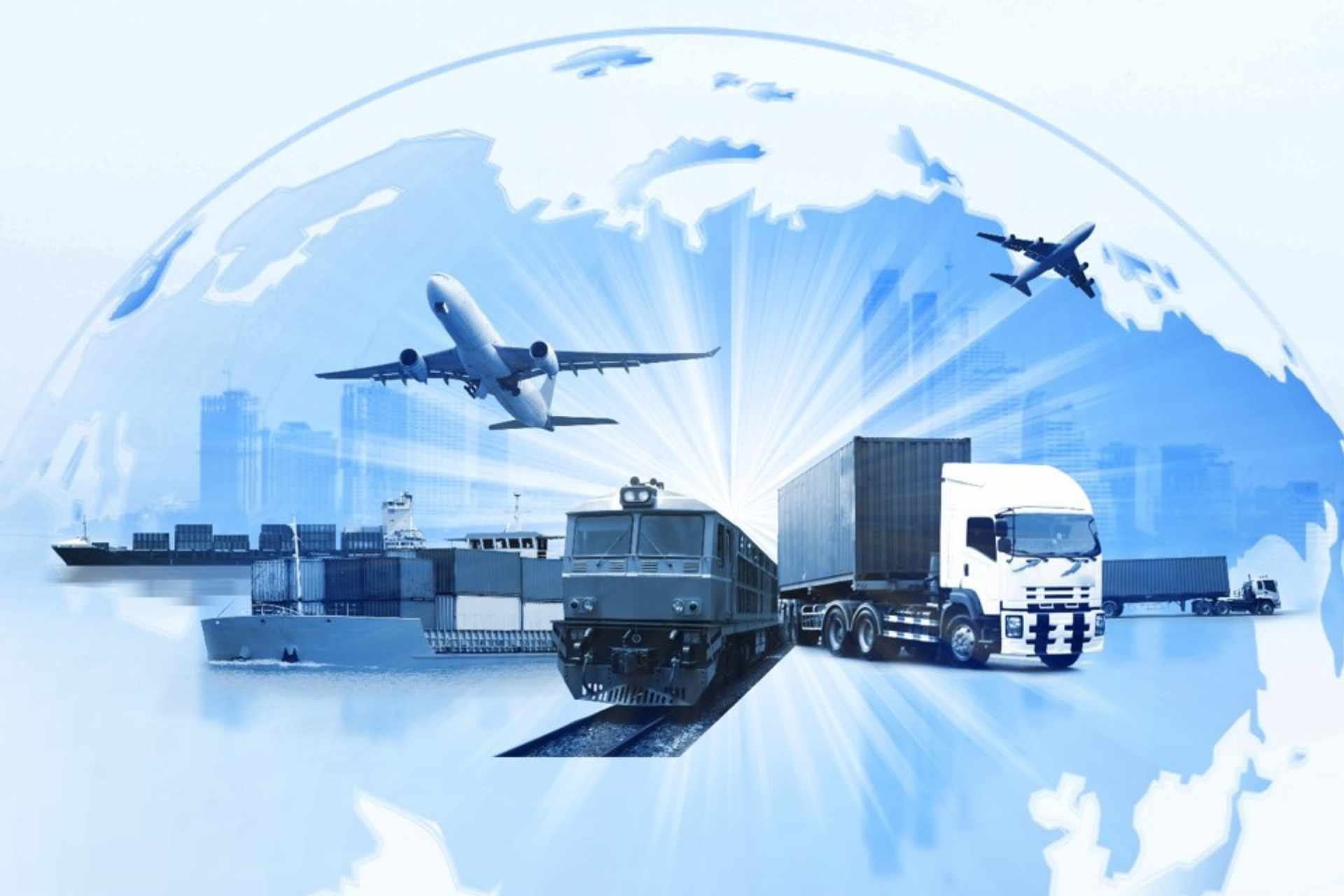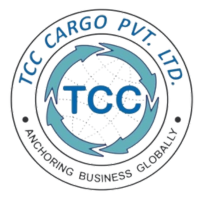
Multimodal Transport Document / Transport
Introducing TCC Cargo Pvt. Ltd.'s comprehensive Multimodal Transport Document (MTD) services, facilitating seamless transportation across various modes of transport. Our MTD services cover the entire journey of goods, from origin to destination, ensuring efficient logistics management. With expertise in multimodal transport and a global network of partners, we streamline the transport process and provide end-to-end solutions for our clients. Trust TCC Cargo Pvt. Ltd. for reliable documentation, contractual terms, and insurance coverage, ensuring smooth customs clearance and compliance. Our MTD services offer flexibility, transferability, and legal compliance, empowering businesses to navigate complex international trade requirements with ease.
TCC Cargo Pvt. Ltd. offers comprehensive Multimodal Transport Document (MTD) services, facilitating seamless transportation across various modes. With global expertise, we ensure efficient logistics management, reliable documentation, and compliance. Trust us for streamlined customs clearance and seamless international trade solutions.
A Multimodal Transport Document (MTD) or Multimodal Bill of Lading (MBL) is a single document used in international logistics to cover the movement of goods using multiple modes of transportation, such as sea, road, rail, and air. It serves as a contract of carriage, receipt of goods, and evidence of the terms of agreement between the shipper, carrier, and consignee. The MTD is issued by a multimodal transport operator (MTO) or freight forwarder who assumes responsibility for the entire transportation process.
A Multimodal Transport Document (MTD), also known as a Multimodal Bill of Lading (MBL) or Multimodal Transport Waybill (MTW), is a single transport document covering the entire journey of goods across different modes of transportation, such as sea, land, and air. It serves as evidence of the contract of carriage and receipt of goods, as well as a title document, providing the holder with the right to claim delivery of the goods.
Key features of a Multimodal Transport Document include:
-
Comprehensive Coverage: The MTD covers the entire transport chain from the point of origin to the final destination, regardless of the number of modes of transport involved.
-
Legal Basis: The MTD is governed by international conventions and agreements, such as the United Nations Convention on International Multimodal Transport of Goods (CMR) and the Rotterdam Rules, which establish the rights and liabilities of the parties involved in multimodal transport.
-
Contractual Terms: The MTD incorporates the terms and conditions of the contract of carriage, including the responsibilities of the carrier, shipper, and consignee, as well as details of the goods being transported and any special instructions or requirements.
-
Transferability: The MTD is negotiable, meaning that it can be transferred to a third party by endorsement or delivery, allowing the holder to claim delivery of the goods at the destination.
-
Customs Clearance: The MTD serves as a key document for customs clearance purposes, providing essential information about the goods and their transport.
-
Insurance Coverage: The MTD may also serve as evidence of insurance coverage for the goods during transit, providing protection against loss, damage, or delay.
Overall, the Multimodal Transport Document plays a crucial role in facilitating international trade by providing a unified and standardized document for the efficient and seamless movement of goods across different modes of transportation.
Frequently Asked Question
-
What is a Non-Vessel Operating Common Carrier (NVOCC)? An ocean carrier who performs all of the services of a carrier, but who does not own their own vessel(s). They operate by leasing or buying available space in containers and using their own House Bill of Lading to contract with customers.
-
What is the difference between a NVOCC and a freight forwarder?
NVOCCs are carriers to shippers. Freight forwarders do not operate or own containers. NVOCCs manage or hold cargo containers. Freight forwarders typically own and operate the warehouses they use for the cargo they load to/from airports and seaports.
-
What are examples of NVOCC?
For example, an NVOCC might arrange drayage trucking services to transport your containers to and from port. It can provide special trucking services for heavy or overweight freight. It might also help you with customs clearance agent services.
-
What is the role of NVOCC in shipping?
NVOCCs serve as a middleman between ocean carriers and shippers, bringing efficiency, adaptability, and knowledge to the container shipping process. They aid in democratizing international trade by bridging the gap between small and large shippers, facilitating access for companies of all sizes.



